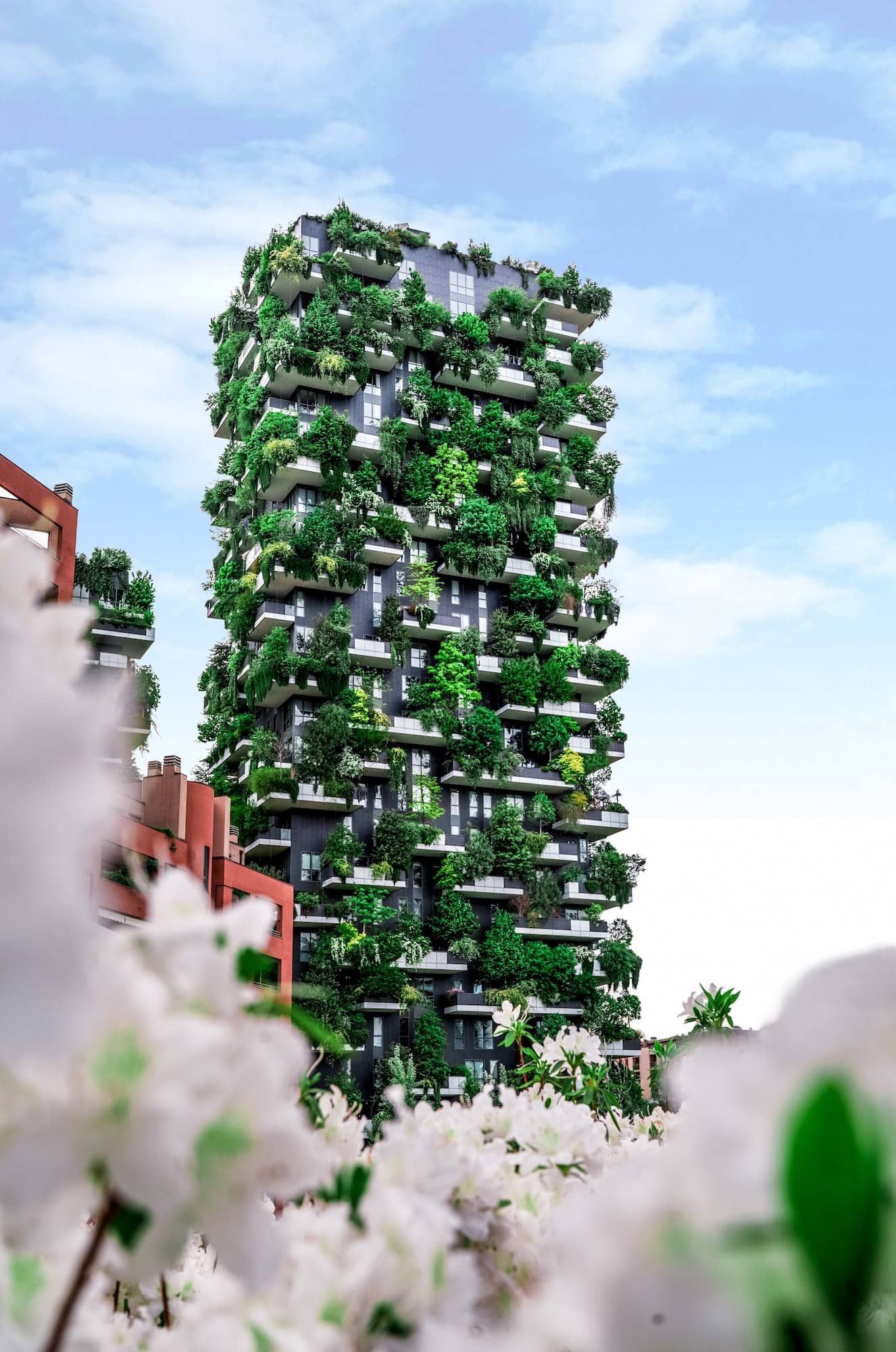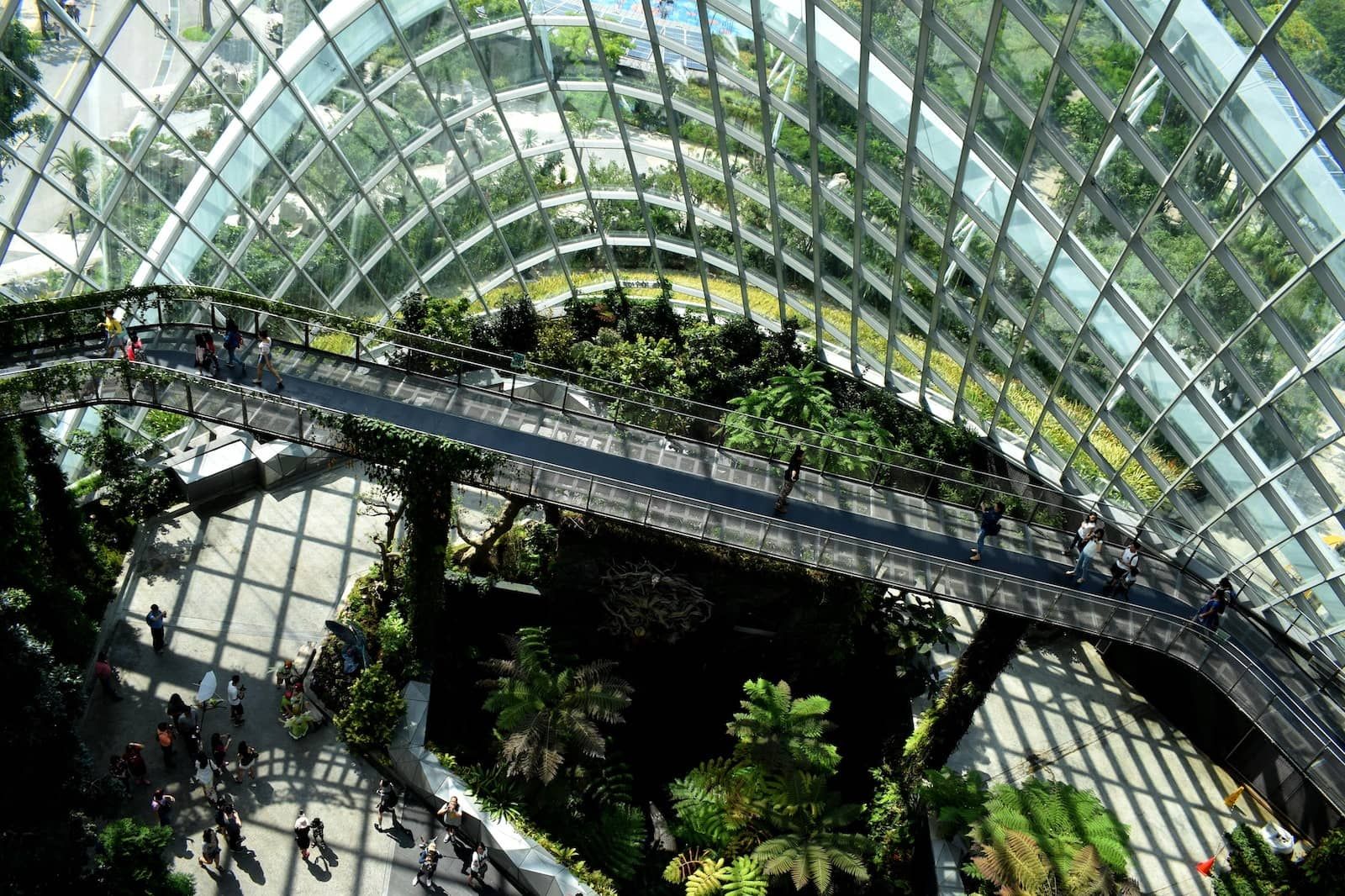Sustainable Building Materials: A Guide
Sustainable building materials have become a core discussion point in the AEC Community for delivering both economic and social benefits.
Need support for your project?
Call to speak to an advisor.
Call Now Benefits of Sustainable Building Materials
Investing in Our Future Well-Being
Sustainability has become a buzzword in commercial construction, and not just because developers, engineers, and architects are suddenly following their conscience. For the last two decades, many publicly funded projects have required that building materials used in the project must include a minimum percentage of recycled materials. Public sector requirements, coupled with growing consumer concern for the environment, have fueled the demand for more sustainable building materials.
The trend for residential and commercial construction is toward greener buildings, and that begins with the right materials. Choosing the best sustainable building products and materials during the design phase significantly impacts the building’s energy efficiency and the long-term well-being of its inhabitants.
The U.S. sustainable building materials industry is expected to surpass $100 billion by 2023. Additionally, as more jurisdictions adopt carbon neutrality and energy-efficiency requirements, the sustainable building material market is expected to grow even further. Building green is no longer a trend, it’s the next generation of standard practices for commercial and residential contractors.

What Makes Building Materials Sustainable?
Green building materials refer to materials or products created from renewable or recycled resources. Green building materials have a minimal environmental impact over some portion of their life cycle, which includes production, transportation, and installation.
Common examples include sustainably sourced or recycled steel, reclaimed wood, ferrock, bamboo, and stone.
Green construction harmoniously integrates processes and materials to improve sustainability. To help industry professionals achieve more standardized processes, the National Institute of Building Sciences developed a Whole Building Design Guide that outlines six fundamental, timeless principles of sustainable building design:
- Optimize Site Potential including the potential reuse of existing buildings or a previously developed site. Physical security, effects on the local ecosystem, and reducing or controlling storm-water runoff should all be central considerations.
- Optimize Energy Use including the use of renewable energy sources. The goal is to build and operate net zero energy buildings that can significantly reduce the dependence on fossil fuels.
- Protect and Conserve Water including efficient water use, reusing or recycling water where feasible, and minimizing the environmental and financial costs of sewage treatment.
- Optimize Building Space and Use including the conservation of resources and building adaptability for reuse during the building’s life cycle. Improved worker and occupant health and safety are essential.
- Enhance Indoor Environmental Quality (IEQ) including the maximization of daylight, appropriate ventilation and moisture control, optimized acoustic performance, and minimization of the use of potentially harmful materials emissions.
- Optimize Operational and Maintenance Practices including the early planning of how a building will be most efficiently maintained. Building operators and maintenance should be highly qualified and participate in the design and development phases.
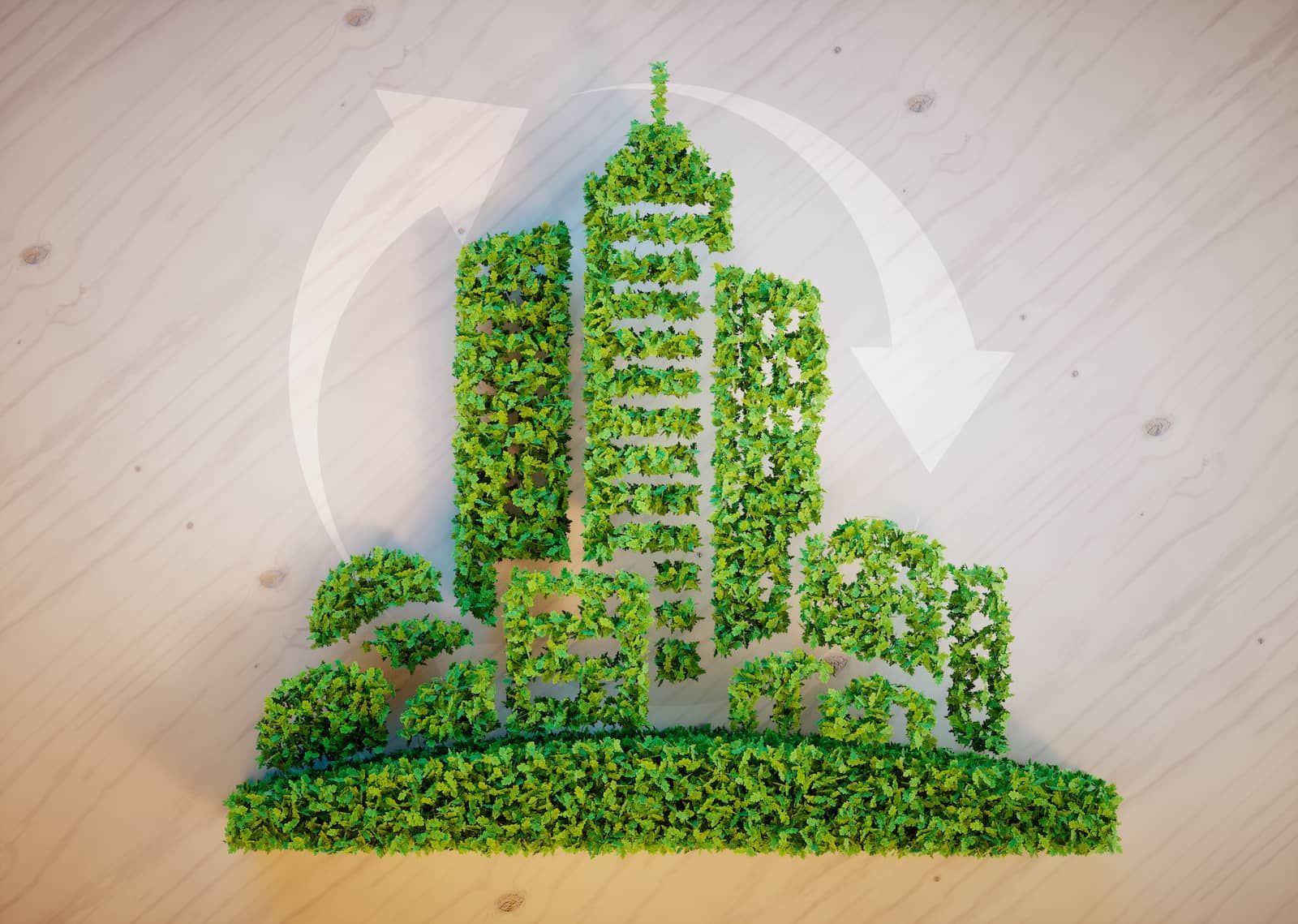
The Benefits of Sustainable Building Materials
Sustainable construction carries advantages for builders and their clients. These benefits include things that are visible to occupants such as repurposed furniture or naturally sourced surfaces like wood cladding. Benefits can also include elements that may not be visible to the naked eye such as steel stud framed walls, low VOC paint, and reconfigurable flooring.
New building certification programs such as Energy Star, National Green Building Standard, and BREEAM are transforming how builders plan and perform their work. LEED (Leadership in Energy & Environmental Design) is one of the most commonly used green building rating systems globally; according to a recent survey, employees who work in LEED-certified buildings have higher levels of productivity. The study stated access to quality outdoor views and natural sunlight enhanced productivity and happiness. Read more about this survey.
Another benefit of building sustainably is a reduced carbon footprint. According to some estimates, the global built industry is responsible for nearly 50% of global greenhouse emissions, with more than 20% attributed to the construction process. A building that has a smaller carbon footprint can be a key selling point for landowners, developers, designers, architects, and the end consumer.
Advantages of Sustainable Materials in Construction
The advantages of sustainable building materials are not limited to the interior design of the space. Sustainable construction comes with a number of large-scale advantages for everyone involved:
- Improved waste management. Sustainable construction reduces waste by reusing or repurposing existing materials in new projects. It can also reduce wasted resources through improved water management. For example, the dust suppression tools used on construction sites typically utilize excessive amounts of water.
By using energy-efficient water hoses, closed-loop water recycling, or other dust suppression methods, water usage can be greatly reduced. Construction costs may also be lowered by using less water or recycled water systems.
That’s especially significant considering the construction industry creates a third of the world’s waste.
- Increased resource efficiency. Reusing resources also increases efficiency in one of the biggest challenges in commercial construction: material procurement. Getting more mileage out of raw materials means needing fewer materials per construction project, simplifying logistics and cost sheets in the process.
- Significant Cost Savings. As demonstrated in both advantages listed above, building sustainably can significantly reduce costs. Fewer materials and less energy and water used in the process means that even if individual materials might be more expensive up front, the long-term and full-project costs can decrease dramatically.
Leveraging sustainable materials is more than just a feel-good story or messaging win. Applied consistently and with the right strategy behind it, a sustainable building approach can positively impact any construction company’s bottom line.
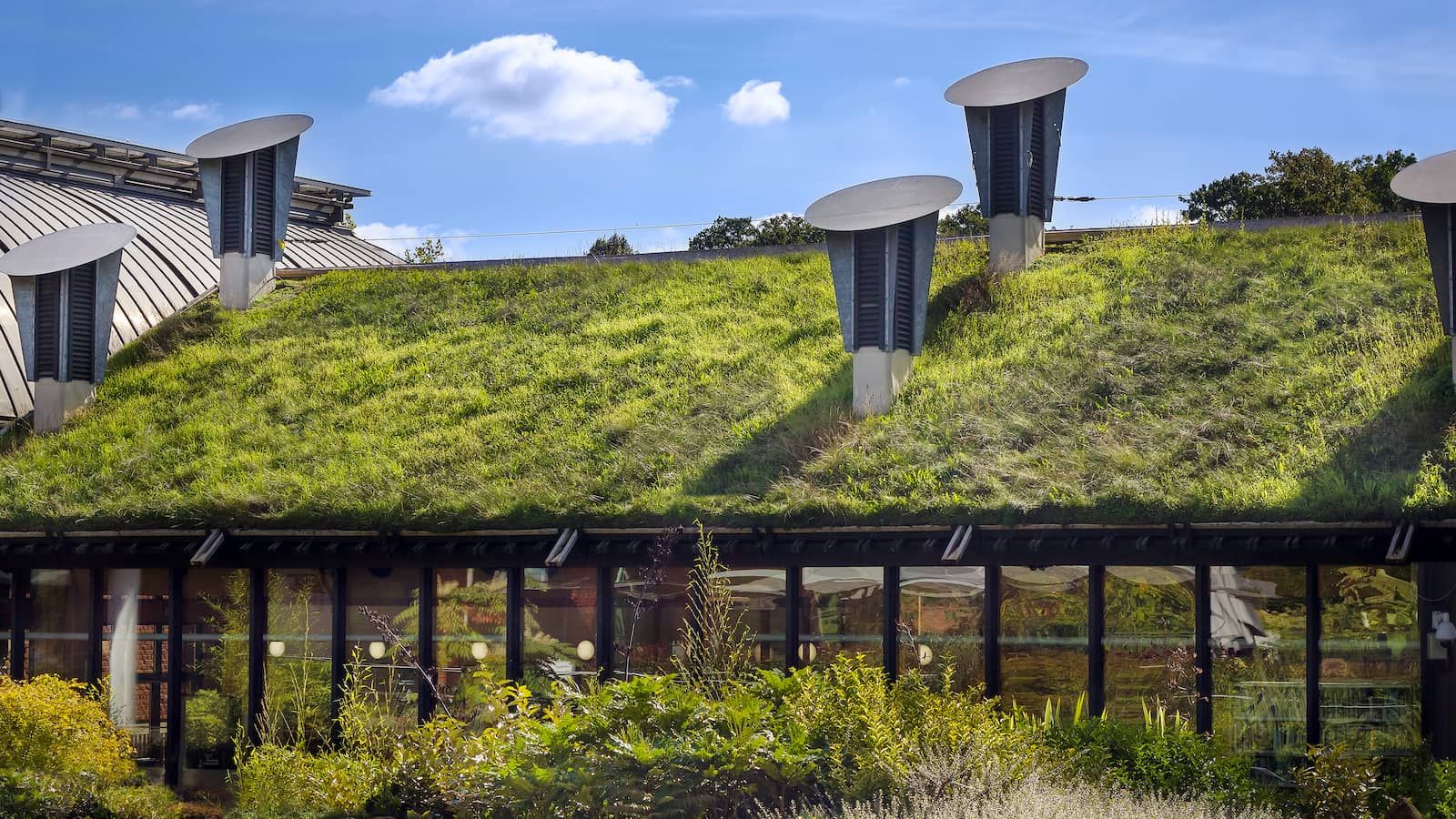
Why Use Innovative Building Materials?
Sustainability and innovation work well together, and this holds true for the construction industry. Materials incorporating new technology can be superior to their traditional alternatives in terms of longevity, quality, and sustainable sourcing. Some current examples of innovative building materials in commercial construction include:
- Hydroceramics: A material made from clay panels and water capsules that absorbs water to cool a building naturally.
- Pollution absorbing bricks: Bricks made of porous concrete that filter out pollutants from the air, protecting building inhabitants
- Pigmented concrete: Concrete mixed with pigments such as iron oxides which can eliminate the need for finishing steps such as paint, varnish, and treatment.
A true long-term emphasis on sustainable construction has to have an eye toward innovation. This means choosing building materials that meet the needs of a project while being more sustainable and cost-efficient.
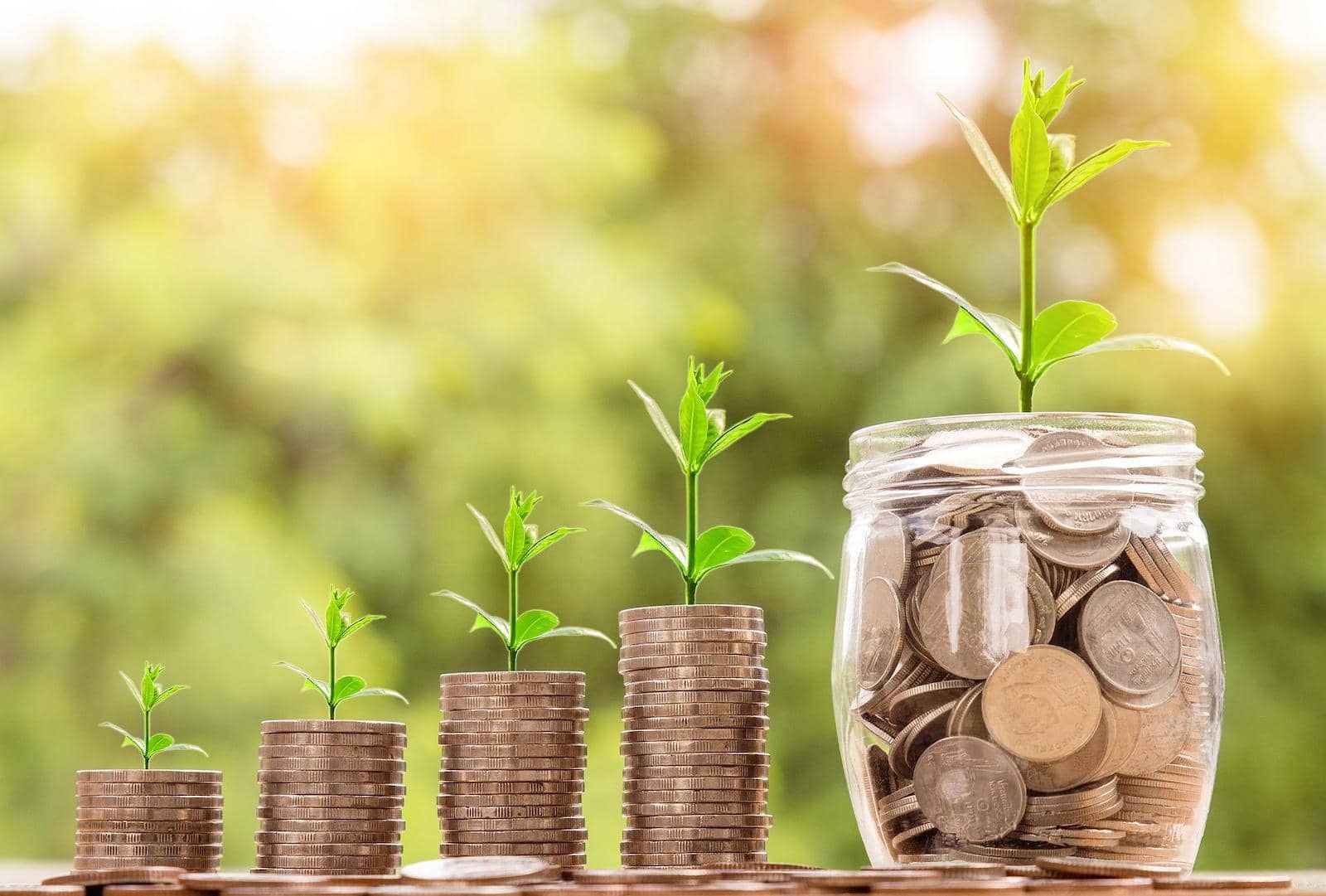
The Economic Benefits of Green Building
Sustainable buildings are a global solution that can transform the economies in which they are erected. Experts now believe that the majority of commercial construction projects in the next three years will follow green principles. This shift is also beginning to yield significant economic benefits, as outlined by the U.S. Green Building Council:
- A growing number of building owners are seeing a 10% or greater increase in asset value, double the number from a decade ago.
- LEED-certified buildings report almost 20% lower maintenance costs compared to others.
- Green building retrofits decrease operational costs by almost 10% in just one year.
Clients are willing to spend more on green construction; as employees working in green buildings are more productive. Employees are also healthier, which decreases health-related expenses. Furthermore, prospective employees are attracted to organizations that have committed to green practices and sustainability, which makes the talent search easier.

The Social Benefits of Green Building
Besides lowering energy costs, green building also improves the health, comfort, and quality of life, of occupants. Studies have shown the impact of green building in reducing symptoms of asthma, allergies, and other ailments. However, these benefits extend far beyond immediate stakeholders, as one research report found:
Occupants who experience increased job satisfaction, health, and productivity will carry these experiences back to their families and friends in the community… Benefits can potentially diffuse beyond the workplace and lead to increased use of sustainable design practices and behavioral change in the community at large.
The same report also found that sustainable buildings become models for other contractors and developers to follow. The chain reaction can ultimately result in lower amounts of dust and pollution, which benefits the entire community.
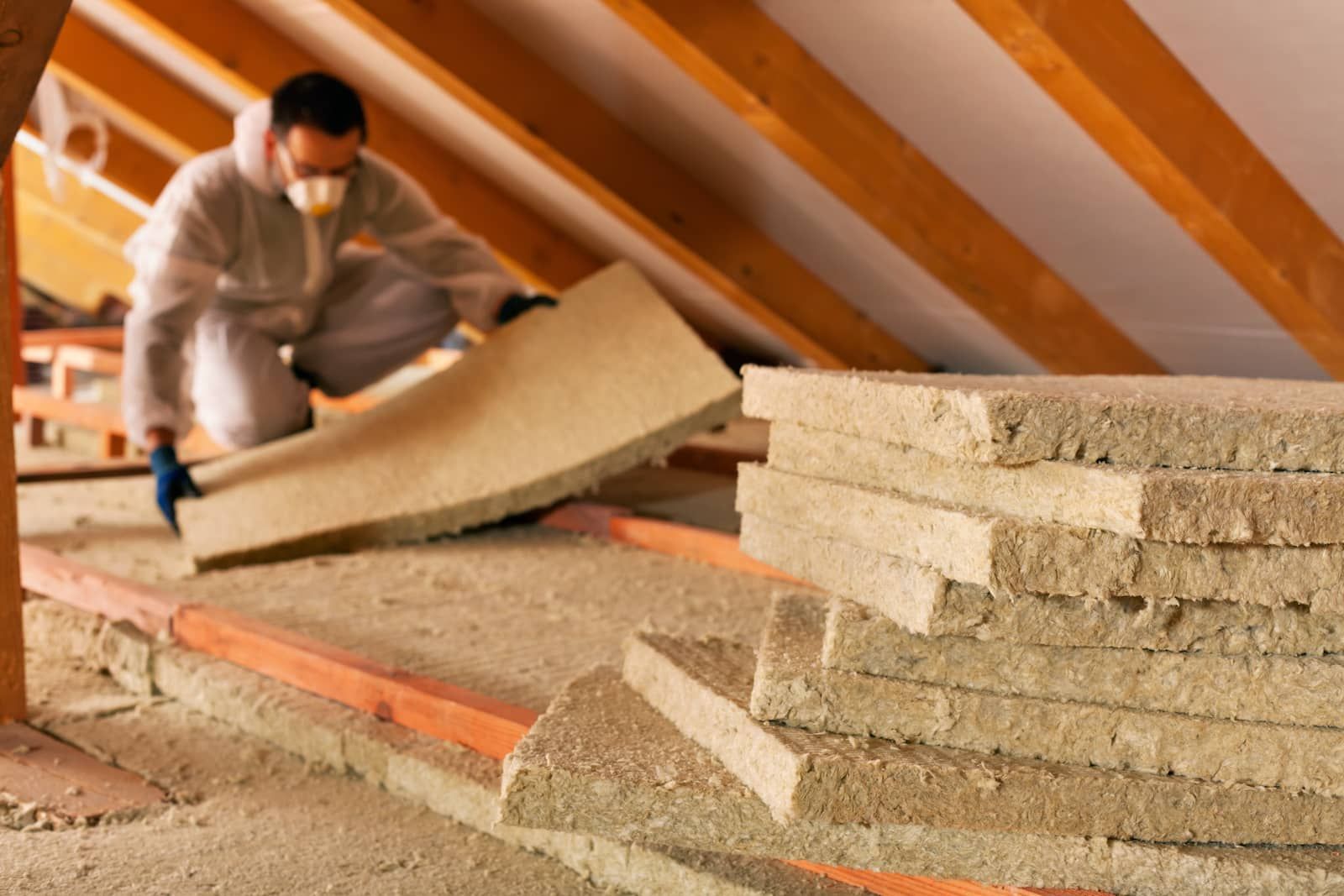
The Importance of New Sustainable Materials
Finding the right materials is key to realizing both the economic and societal benefits of green construction. Just as local sustainable buildings have served as models for other developers in the same area, looking to recent industry developments can be the key to finding the best sustainable material options.
For example, insulated concrete framing has made a significant difference in controlling heating and cooling costs, especially for large buildings. When used appropriately, it can provide stronger barriers allowing less air and moisture to enter the building to create a more consistent interior climate.
Additionally, solar panels have played a significant role in commercial construction for years. As the technology continues to evolve, more specific and unique applications have become available within commercial construction. For example, solar noise barriers can reduce noise pollution while also generating power.
Buildings can benefit from smart glass, especially structures designed with large windows. This innovative material changes its properties based on the temperature inside the building, turning translucent to block heating rays in summer while turning transparent in cooler temperatures to reduce heating needs.
Sustainable Design Examples
The increasing popularity of sustainable construction has led to plenty of designs that can serve as inspiration for commercial builders.
For example, the Sydney-based One Central Park is covered by 25 species of native plants and saves 25% in energy compared to other buildings of its size. Meanwhile, the Bahrain World Trade Center is built specifically to funnel wind into its turbines, supplying 15% of the building’s energy costs.
Other examples of sustainable architecture continue to appear around the world. These examples demonstrate the growing interest in green building design and show how far the industry has advanced.
Green Materials Architecture
Green building construction starts early and requires expert input from the first stage of the planning process. That’s where green materials architecture enters the equation.
Green architects have the larger picture in mind. Designs like the examples above are conceived with an environmental purpose from the very first sketch. This focus ensures that later construction decisions (such as materials) align with the original concept, which is working towards the larger goal of sustainability.
Green materials architecture also focuses on the thematic aspects of sustainable construction. For example, spaces should create a sense of place and protection, which promotes feelings of comfort and harmony for occupants. Planning and design decisions consider as many stakeholders as possible to achieve the maximum possible benefit.
Principles of Eco-Friendly Construction Materials
When sourcing materials, architects and builders alike can rely on a few central principles that help them find the best eco-friendly materials available for their specific construction project.
To start, local sourcing is key. A shorter supply chain reduces fuel costs and the carbon footprint. Locally sourced materials also allow companies to support local businesses which adds to the social benefits of green construction.
Energy and water are other central tenets to keep in mind. Water recycling systems, like rainwater collection, can help with landscape irrigation. Meanwhile, harnessing sun and wind power can minimize reliance on external energy sources.
Finally, the use of sustainable insulation materials can be a crucial consideration. Sheep’s wool, recycled cotton, and wood fiber are just some of the many options commercial builders use to minimize toxic chemicals without sacrificing heating and cooling efficiency.
What is Ahead for the Commercial Building Space?
For green construction, the future is bright. Construction has seen a solid rebound from the COVID-19 pandemic, and sustainable projects are leading the pack. Demand is soaring; analysts Marsh & Guy Carpenter estimate that spending on sustainable construction in developing markets could increase by 39% over current levels by 2030.
Continued innovation and adaptability will be crucial as developers look to separate themselves in the increasingly competitive, profitable, and essential green building space.
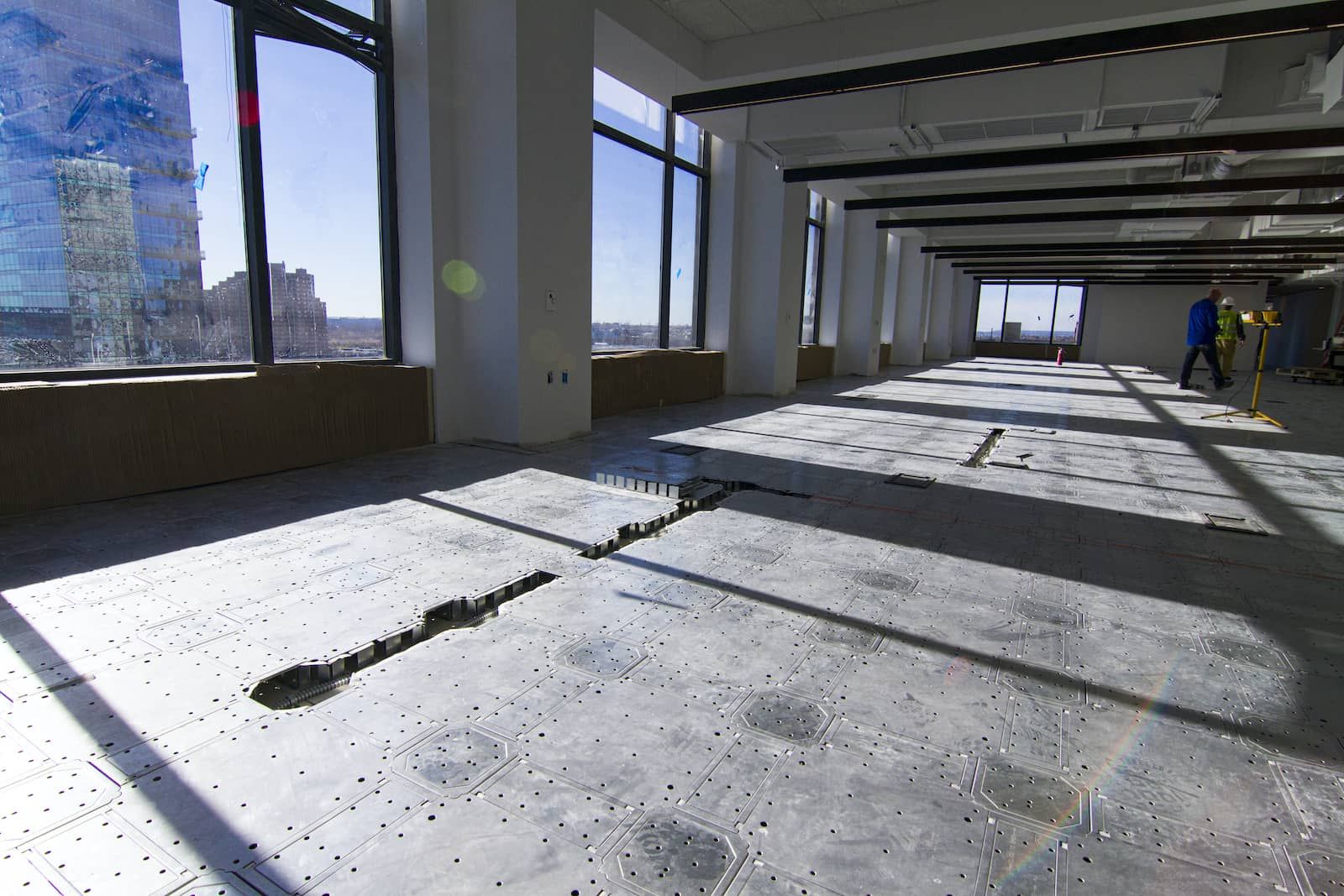
Gridd® Supports Sustainable Building Designs
Sustainable architecture and construction is a comprehensive approach to leveraging multiple components to achieve the same larger goal. This vision becomes achievable through the choice of sustainable building materials and systems that allow organizations to evolve as requirements change.
FreeAxez, the manufacturer of the Gridd® Adaptive Cabling Distribution® system, supports the use of sustainable building products and encourages businesses to enhance sustainability in the materials they choose, and in the longevity of their building by providing flexible integration of technology throughout the commercial building.




